The development of children’s receptive and spoken language underpins all areas of learning in early years education. Research shows that children’s interactions from an early age form the foundations for language and cognitive development. Therefore, the number of quality conversations they have with adults and peers throughout the day in a language-rich environment is crucial. As early years practitioners, providing opportunities for children to develop their use of language through play is a vital part of language acquisition.
The Department for Education’s (UK) Early Years Curriculum considers ‘Communication and Language’ to be the overarching theme of its framework. For example, children need to acquire the language to describe their feelings to learn to regulate their emotions, just as they need to learn mathematical vocabulary, such as “more than, less than” and “altogether” before they can begin to solve mathematical problems. In early education, language is the key to everything.
Research suggests that young children should be learning at least 5 new words per day, which may sound extreme but is entirely possible, in the right environment. As early years practitioners, we are constantly scaffolding children’s play, echoing back what they say, with new vocabulary added, building their language effectively. We use creative topics which include new vocabulary, we use stories and props, to bring new vocabulary to life, stopping when we discover a new word in a story and exploring it’s meaning. We then place the story props in the learning environment, so children can embed new words into their repertoire and have the time to verbally articulate and explore their meaning.
Furthermore, early years practitioners strategically place “open ended” resources in the learning environment. A fire truck may always be a fire truck, but a combination of blocks, wheels, connectors and shapes could be turned into anything and encourage the children to use a wider range of vocabulary in their play.
As a school, BISC-LP prioritizes the language development of all students. From our youngest students in Pre-Nursery right through to our oldest students in Year 6, we recognize how language acquisition impacts learning. As a proud international school, we welcome students from all over the world who are learning English as a second language. Therefore, we celebrate multilingualism by encouraging families to speak their native language at home and work hard to teach children English (as well as French and Spanish) in school. Children learning English will typically go through a quiet phase where they do not say very much and may use both languages in the same sentence but are often taking the time to observe and develop their receptive language first. The process of acquiring new language and vocabulary is very complex and can be divided into two main areas, receptive and expressive language, as demonstrated in the diagram below. Understanding processes such as this also allow professionals to pin point where a child might have a speech, language or communication need and can then tailor a support plan to help them.
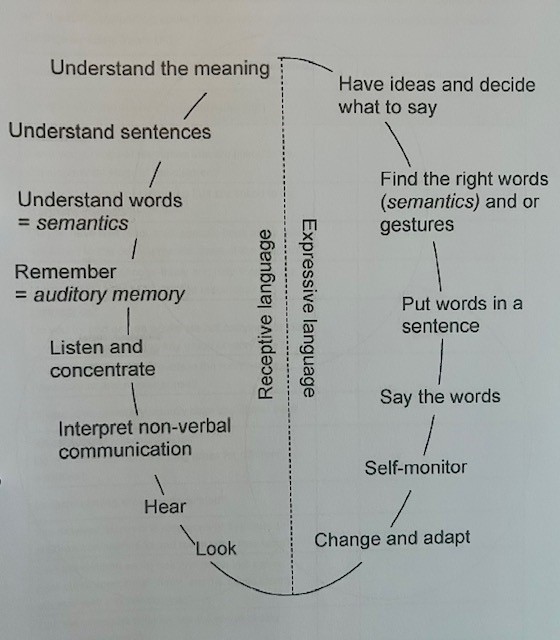
Although the focus of language acquisition is often in early education and very young children, there is a need to recognize the importance of a life-long language journey. As a whole school, we recently read the book ‘The Word Collector’ as part of our World Book Week celebrations. The text was chosen as it highlights the importance of learning new words and embarking on that ever-evolving journey of language acquisition, regardless of how old you are.
As part of my personal journey, I have started taking sign language lessons and am learning ‘American Sign Language’ In addition to the practical skills I am developing, I have really enjoyed learning about deaf culture and how deaf people are often expected to accommodate themselves to fit into a “hearing world”. My amazing instructor has encouraged us to understand deaf culture and make the leap into the deaf world. I have made so many connections between myself, as a student, learning a new language and the children in my care, learning new words and in some cases, learning a new language themselves. It is so vital, in both instances, to make accommodations for those learning something new and provide a wealth of opportunities for them to confidently explore their developing skills. We must step into their world, meet them where they are at and guide them from there.
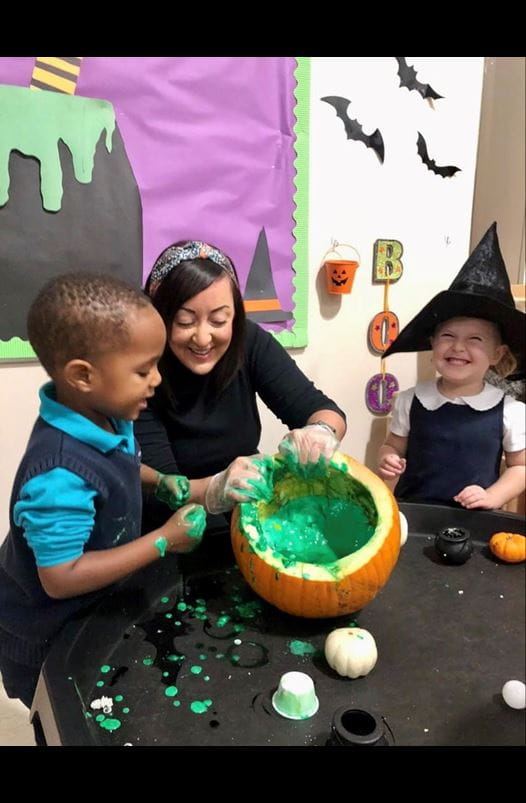
As a school, we are working towards an accreditation that will allow our Early Years department to be recognized as a “Communication Friendly Setting”. ‘Communication Friendly Settings” are language-rich learning environments that are specifically designed to enhance language development in young children. Our amazing EYFS team are currently completing the training to develop our already great early years provision and celebrate and showcase the fact we positively prioritize communication and language development through both play and adult led opportunities. So, next time you see an early years teacher theatrically echoing the children and extending their play, please know we are strategically working hard to develop their vocabulary, in the most fun and delightful way!
Ali Matthews
Head of EYFS & Nursery Classroom Teacher


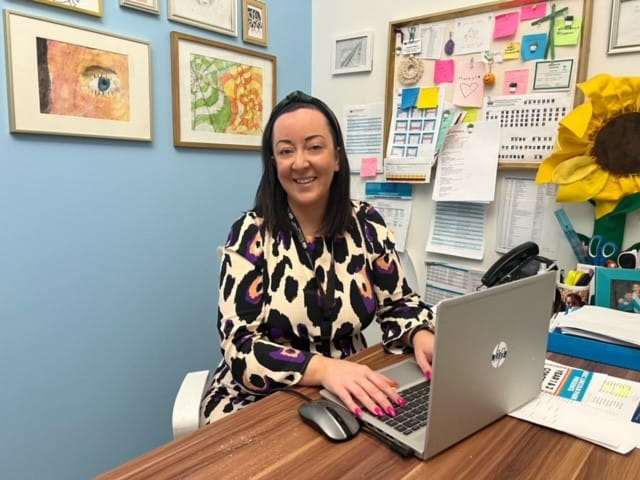
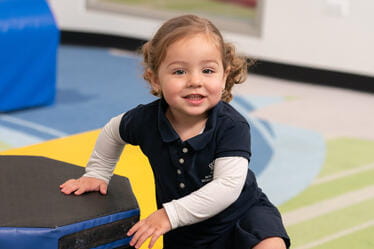


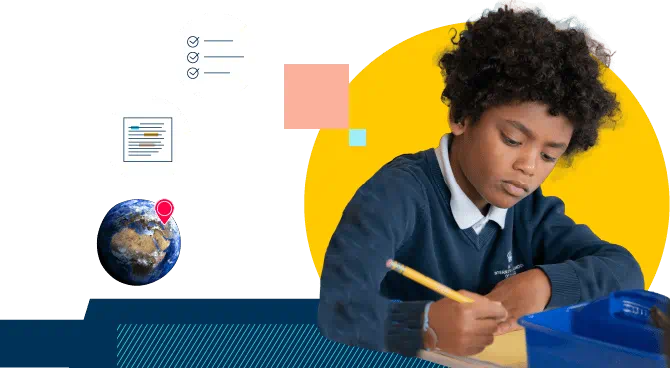
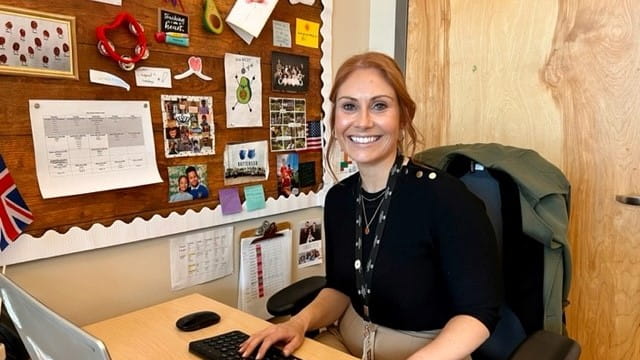
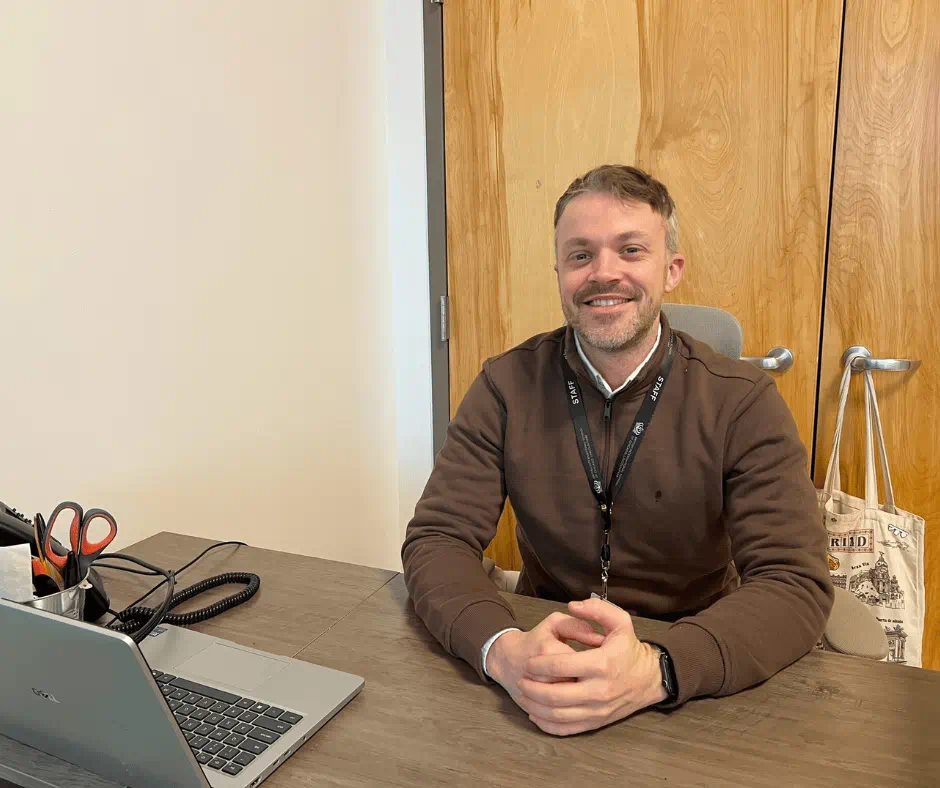
.png?h=788&iar=0&w=940&rev=d90cba9b09fb4c8fab7fac061b6b1f8b&hash=6370E2794516618F223C4FD12B4A6659)
.png?h=788&iar=0&w=940&rev=e02877cfbbd34d39a4004bda160f8aca&hash=BB926B3F4F803259E2B091B891F06F14)